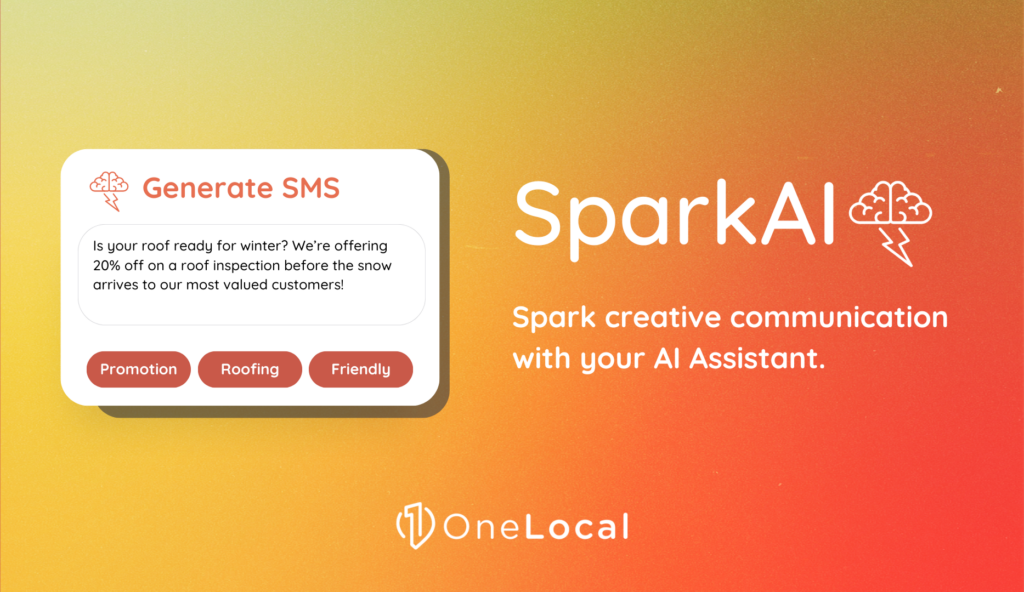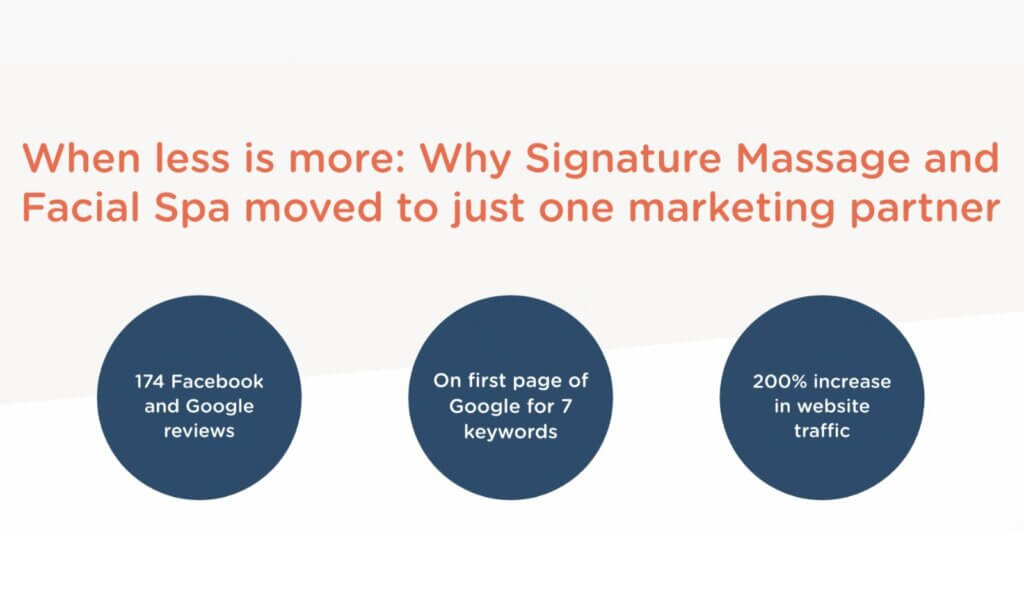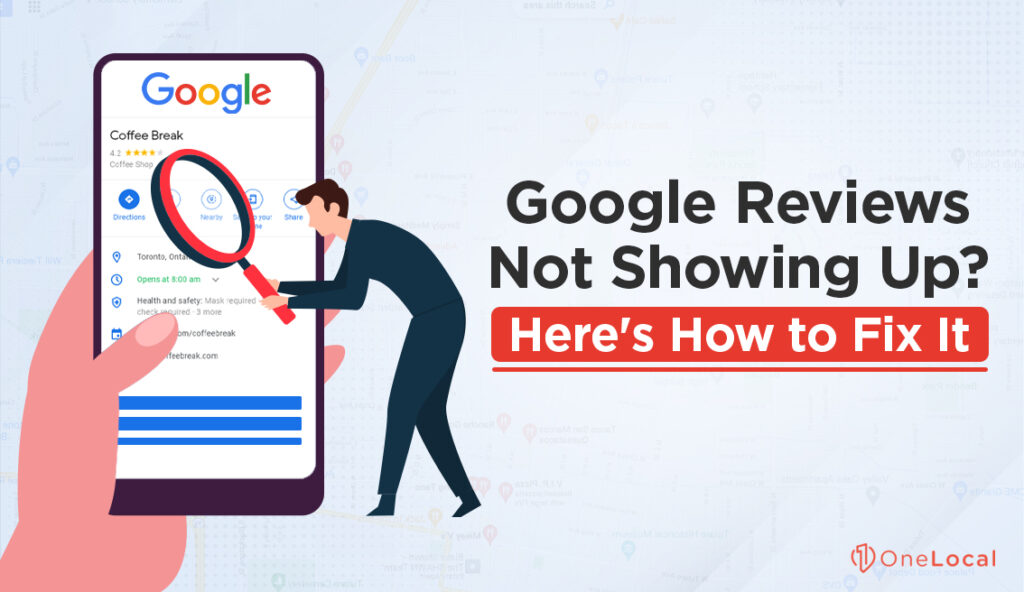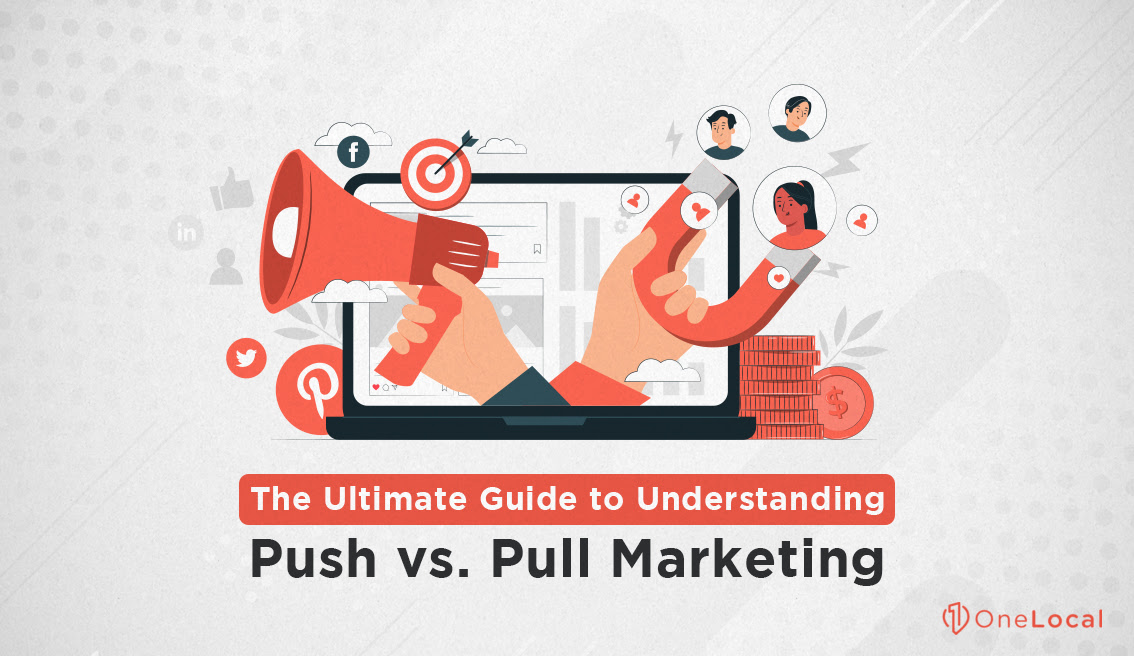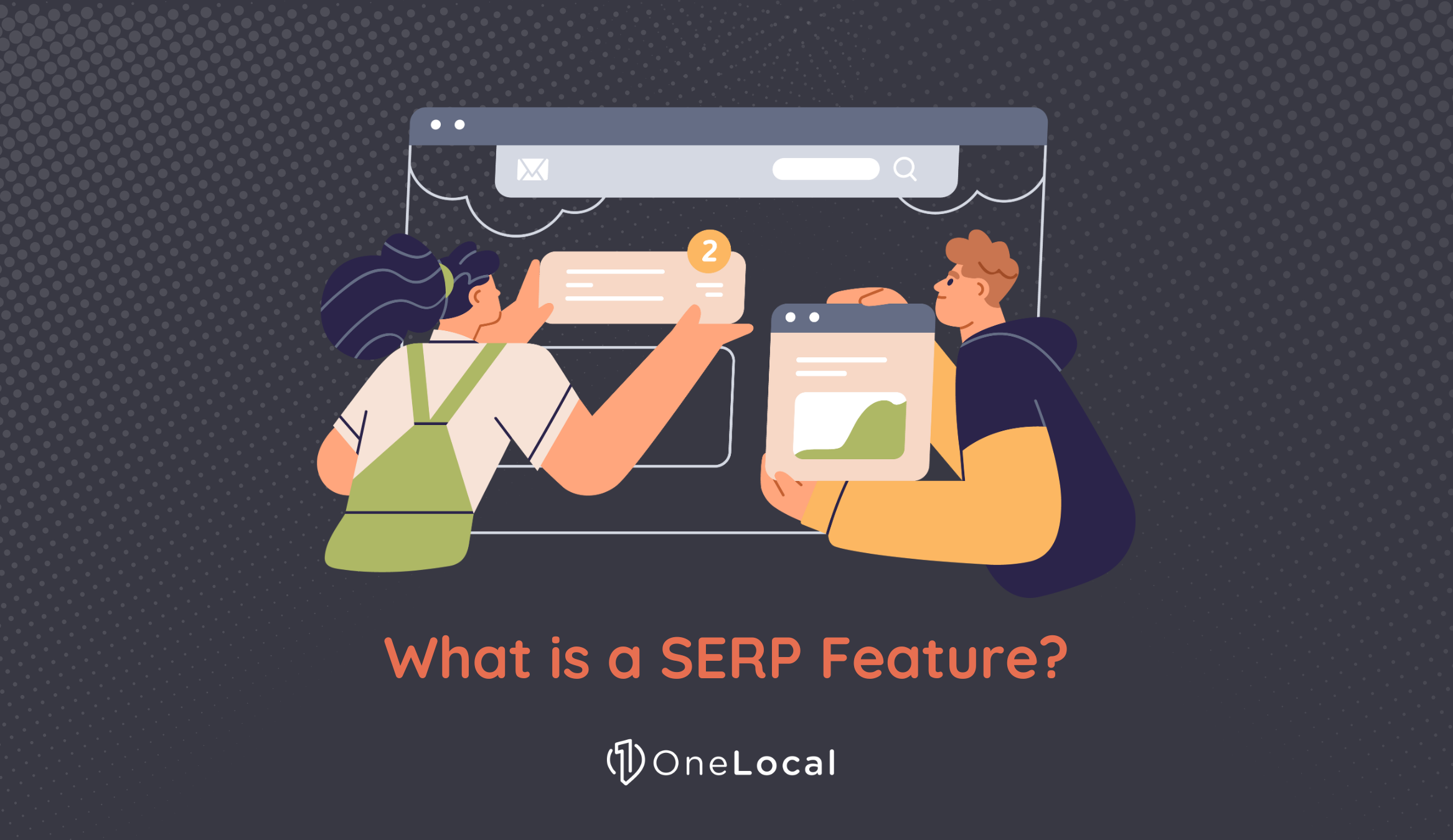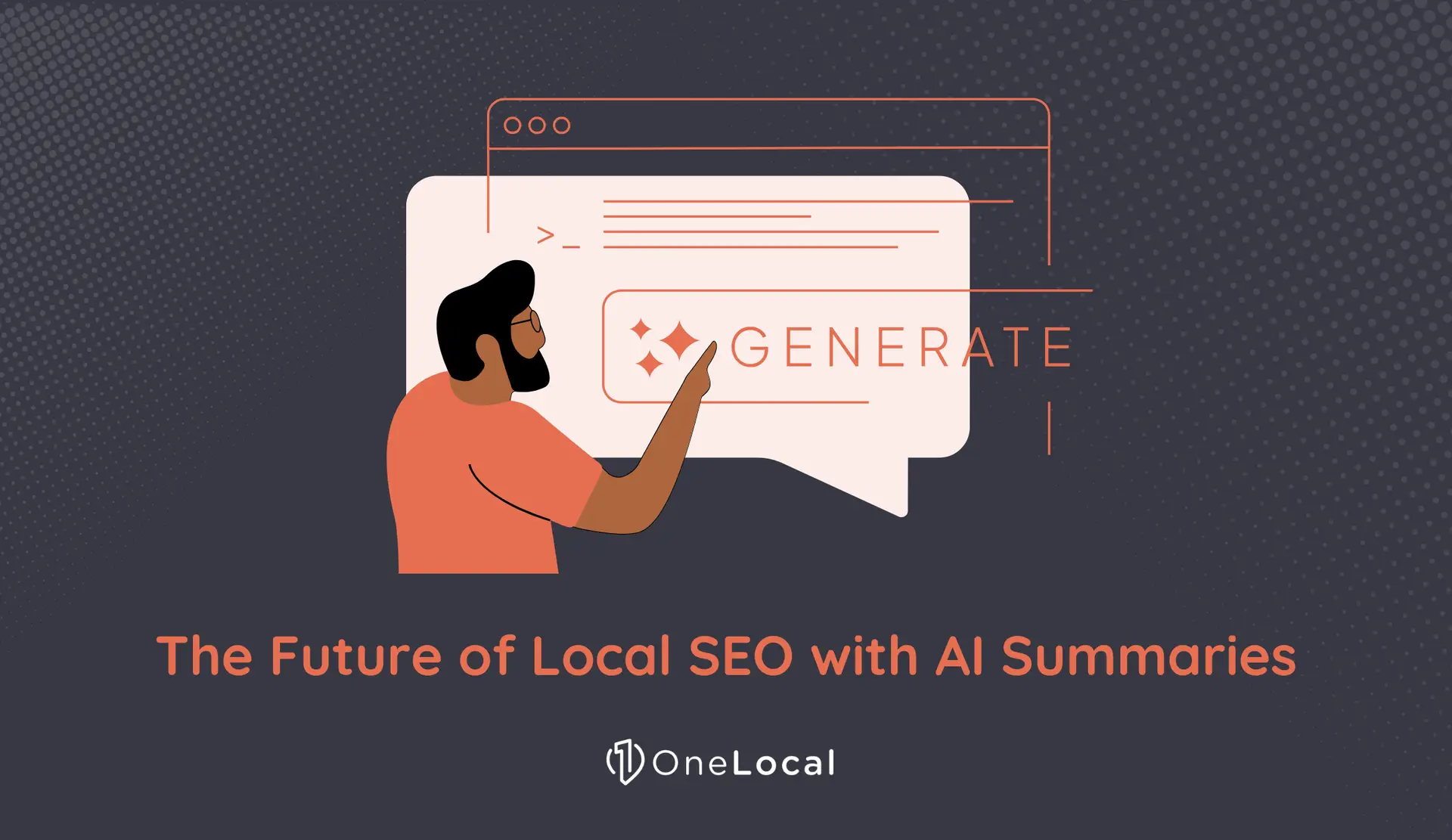Have you ever noticed that some brands stay in your mind? It seems as if they’ve figured out how to talk in a way that mirrors our everyday conversations. They are good at appearing as natural parts of our lives – and it genuinely feels like they’ve found the recipe that makes their marketing useful.
If you want to know about the strong ways of push marketing or the benefits of pull marketing, talking about these topics can really change how people relate to your brand. It really makes a big difference – trust me.
Let’s look at this topic together and find out what all the excitement is all about!
What is Push Marketing?
I’ve noticed a lot of businesses – especially startups or those launching new products – usually like push marketing. This strategy means actively presenting your products or services to potential customers; it is similar to vendors at a concert walking around with snacks, hoping you’ll buy because the item is right in front of you and catches your interest. The goal is to create immediate change and generate fast sales by ensuring your products stand out.
One method these companies use is taking part in trade shows. I went to one; it was clear how good this could be. Companies show their products and talk directly with potential customers (creating immediate interest at the event). Another method is getting the best places on store shelves to make sure their products are visible to everyone. I have noticed that a mix of smart design and strategic placement really pulls in customers at retail locations.
There is also a strong focus on traditional advertising; brands enter the competitive area with TV, radio, and direct mail campaigns – designed to grab your attention and lead to immediate action. Then, there are online pay-per-click ads that show up just as you’re searching for something related online.
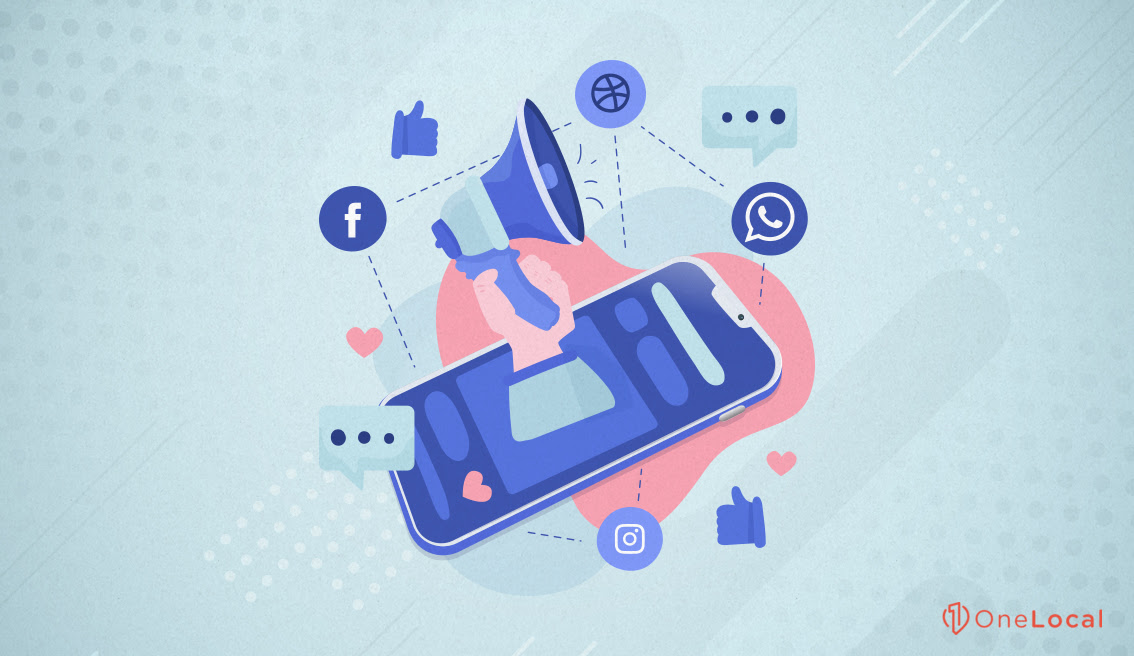
Think about this example of a startup I ran into at a fitness expo: They were introducing an inventive fitness device and had fully taken on push marketing. They set up demos and offered free trials at their booth – pulling attendees for a closer look and a firsthand experience. Watching the direct interaction lead to instant sales over a few days was awesome.
Now, while push marketing can really achieve great results, expand customer reach, and increase immediate sales, it’s expensive. Companies know it costs a lot (and that the results might not last as long as other strategies focused on building long-term relationships with customers).
From what I’ve learned, it’s important to really know your audience before picking this direction. Knowing who they are lets you customize your advertising to better engage them – and push the right buttons for quick reactions. No matter the channels you choose, making a story that clearly shows the product’s benefits in a hands-on way is important to getting customers to buy.
Strategies for Push Marketing
When I talk about discussions about push marketing, it seems like I’m looking at a world filled with direct techniques that deliver promotional messages right to the consumers’ doorstep. In this area, a few strategies stand out:
Think about display advertising. I have noticed that online banners and ads across all sorts of websites and platforms are very helpful. They capture the consumer’s attention with bright visuals and are usually run through networks like the Google Display Network; this means these ads appear on many websites across the internet, really expanding their reach.
Now, let me talk about direct email marketing – it’s an easy way to continue conversations with customers!
Social media ads, like those on platforms like Facebook, Instagram, and Twitter, are very helpful because of their targeted advertising capabilities. You can customize your messages to specific groups based on their demographics and interests, which makes your ads very relevant (and likely more useful).
I can’t forget video marketing; platforms like YouTube or TikTok give you a space for brands to promote their products through commercials or sponsored content. With many people watching videos on their screens, this channel has great potential to be powerful.
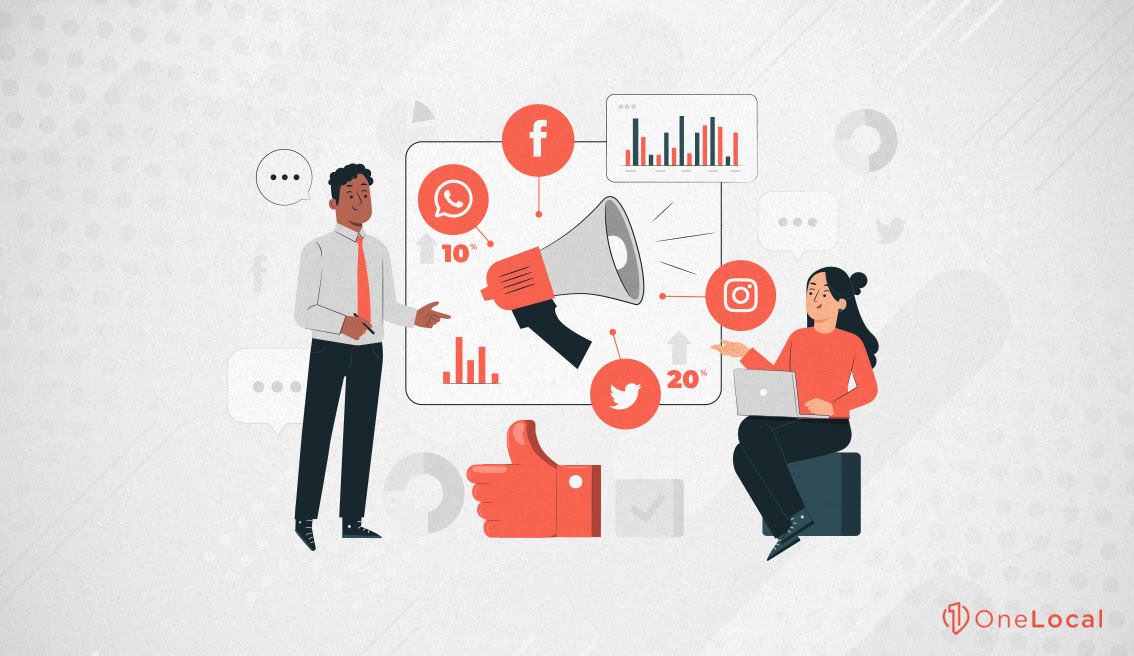
Changing topics – I still have a preference for traditional push marketing methods like TV and radio ads, print media, direct mail, and even telemarketing. They have their beauty, especially for reaching people who don’t always use their smartphones or computers. Each method has its advantages (like the large audience reachable during prime time TV or the personal touch of a direct mail piece arriving in your mailbox).
The start of social media has introduced new chances for push marketing with paid campaigns, influencer work, and interactive ads.
Imagine your product appearing directly in targeted users’ feeds or collaborating with influencers to increase your visibility – that’s really helpful, right? Also, remember interactive ads that use features like stories and polls to engage people immediately.
Finally, I have noticed that content marketing can adopt a push strategy with techniques like advertorials, product reviews, demos, and email newsletters. These methods are clever because they combine promotions with really helpful content, launching interest and nudging consumers closer to a buy.
Honestly, these different strategies give marketers a tough toolkit for pushing their products in involved and direct ways, paving the way for some unique market interactions.
What is Pull Marketing?
Pull marketing – also known as inbound marketing – means drawing customers in rather than pushing products onto them. I have noticed that it creates a real desire or need among potential customers. This turns them into excited participants who actively look for and buy your product.
Based on my experience, the heart of useful pull marketing focuses on launching and maintaining consumer interest. I have seen retailers stock up on products when they notice a strong demand; they’re betting on sales to help with it.
Directly reaching out to consumers is important. I have noticed unique content marketing strategies (participation in social media campaigns and tough outreach efforts) that create real excitement around a product before it’s even available in stores. To show, think about content marketing and SEO.
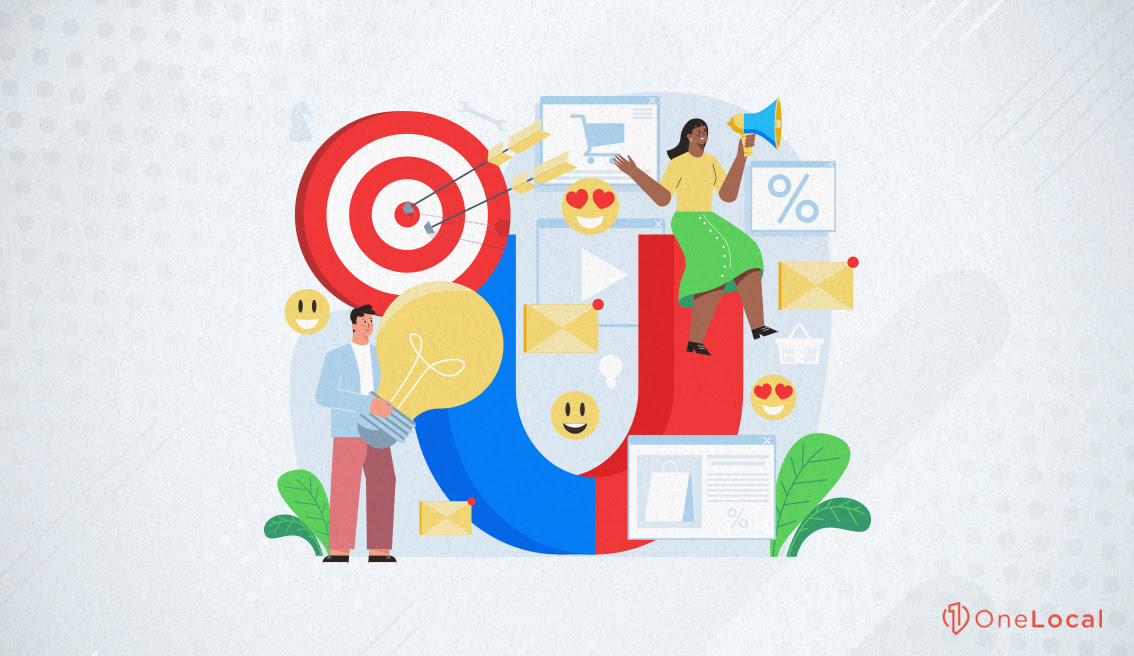
Let’s think about a practical example: Imagine a company that introduces an innovative, energy-efficient fan that operates quietly and can cool a room to specific temperatures. Curious consumers start looking for these fans (leading to increased inquiries from retailers and distributors excited to stock this exciting new product). This is a classic example of pull marketing, where useful strategies prompt consumers to act, pulling the product through the distribution channels.
From my perspective, the benefits of pull marketing go beyond immediate sales; it is important for building long-term brand loyalty and deepening customer relationships. Usually, this strategy results in products being sold even before they’re available in stores, which can really cut inventory costs and risks. Also, when focusing mainly on creating demand, companies are better prepared to line up production with actual market demand. Sometimes, this even results in demand exceeding supply, creating a very helpful market scenario.
When pull marketing is done correctly, it’s kind of like watching a well-oiled machine work – very satisfying and useful!
Strategies for Pull Marketing
Pull marketing strategies have completely changed my view on attracting customers – these methods focus on arousing consumer interest and excitement (enticing them to seek out your brand independently). The beauty of pull marketing lies in its ability to create lasting relationships with customers.
From what I have seen, a few important aspects contribute to the success of pull marketing. Advertising plays an important job – especially targeted ads that really resonate with people. Word-of-mouth is another powerful ingredient; a recommendation from a friend usually has a strong effect, which is why I support referral programs that reward both the referrer and the new customer. Remember, sales promotions and discounts can also generate big excitement and prompt, quick action.

Think about Colin’s Fanner 3000 as a practical example; they implemented a useful pull strategy that generated big excitement through social media, influencer endorsements, and smart media exposure. The result was a strong increase in consumer demand (with retailers excited to stock the product). Amazon is another excellent example of a pull marketing strategy; they draw customers continuously with personalized recommendations, customer reviews, a constant stream of content on Prime Video, and targeted advertising.
Although the advantages of pull marketing – like better brand recognition and increased customer loyalty – are clear, it is not without challenges. Creating interesting content and perfecting SEO needs a lot of time and effort; also, assessing the quick effect of these strategies on sales is hard, as the benefits are likely to build up slowly over time.
Push or Pull: Which Should You Choose?
Picking the right marketing strategy determines how you connect with your audience and – finally – how well your product or service will do. Are you not sure whether to use push or pull marketing? The choice mostly depends on what you’re selling, who your target audience is, and your big goals.
Push marketing is extremely useful when introducing new items or going for fast sales. It also works well to quickly raise brand awareness; especially for new entries in the market. Sometimes, it’s really important to talk with intermediaries (like retailers and distributors) to help with your distribution.
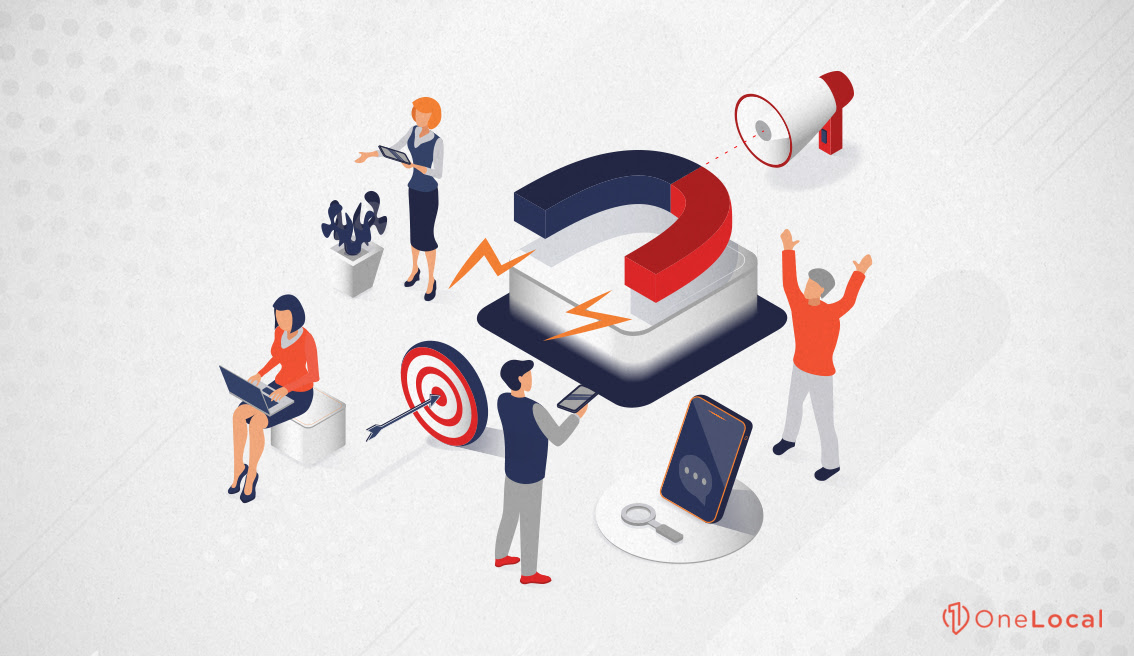
Moving on to pull marketing – this way focuses not on persuading but on attracting customers. It is perfect for setting up a reliable brand that customers will look for by themselves; to give you an example: a company that markets organic skincare products.
Pull marketing is especially helpful when the goal is to build lasting customer relationships or to attract those already interested in your product category. This strategy supports the continuously slow growth of your business and helps keep customers.
So, which method should you choose? It really comes down to what fits best with your latest goals, as well as your understanding of your audience and the marketplace.
What is Push-Pull Marketing?
I also came across “Push-Pull Marketing.” As you probably guessed, it’s a smart combination of both push and pull strategies that blend into a single, helpful campaign. It stands out because it uses the strengths of both methods to keep customer interest from beginning to end.
The process of achieving the right balance in a push-pull marketing strategy can be hard. The process starts with push marketing, strategies like direct ads, promotional emails, or pop-up events that catch potential customers’ attention. In this stage, you actively market your new product or service. From my experience, this strategy is useful for quickly attracting a huge audience, although it focuses more on launching initial curiosity than on making deep connections.
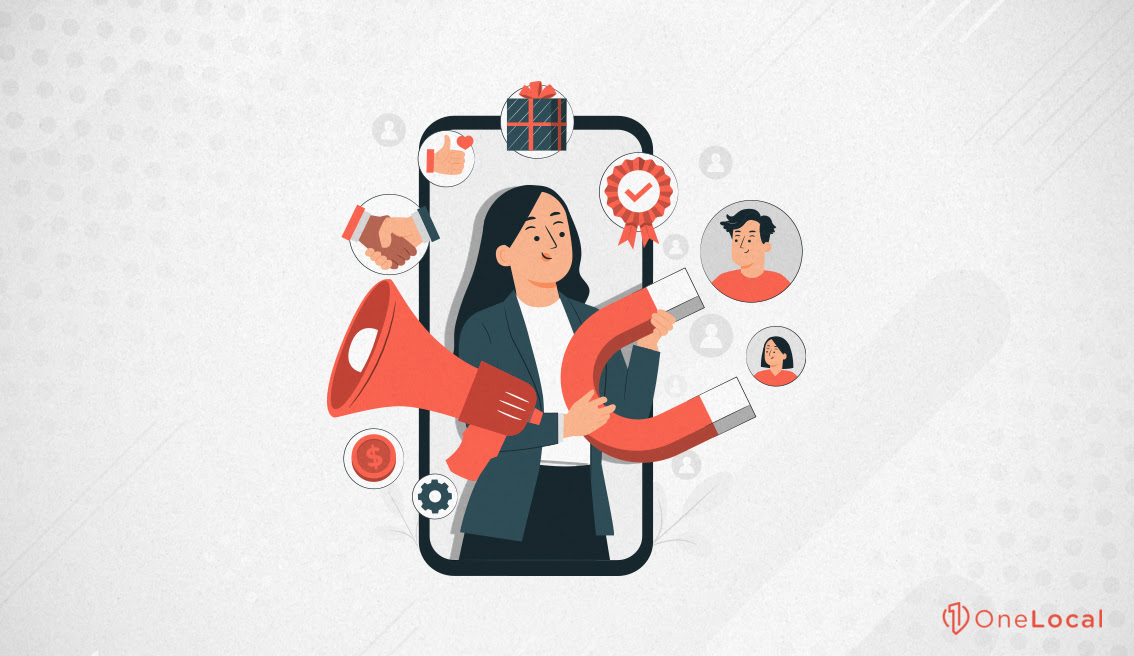
Then, you shift to pull marketing (which is the phase where things become more active). You now want to keep the attention of those who responded to your push marketing. Strategies might be things like improving your content marketing, improving your SEO, or increasing your presence on social media. The goal is to give you value and keep visibility in areas where interested people are already searching for what you can give. I’ve found that pull strategies are great at creating stronger connections and building loyalty, which usually turns mild interest into actual sales.
To illustrate with a practical example – think about a big tech company that introduces a flashy new device with awesome advertising (that’s the push); later, they engage customers further with full video tutorials and authentic customer reviews on their own platforms (here’s the pull). All strategies will make sure that the product catches attention quickly and holds potential customers interested with active content that shows how useful the device is in everyday life.
Putting It All Together
So, when we talk about getting the perfect mix of push and pull marketing strategies, it really seems like trying to walk a tightrope, doesn’t it? You need to know who your audience is (and watch changes always). Each strategy has its own good points, such as easy ways to connect with people. This mix can hit the right note with your audience at every touch point – Can you see how getting this mix right could really help your business take off?
Take a moment to think about this: Do you depend more on push strategies for fast results and on pull strategies to keep a strong connection over time? Maybe there could be a chance to change your plan to better meet – and expect – your audience’s needs.
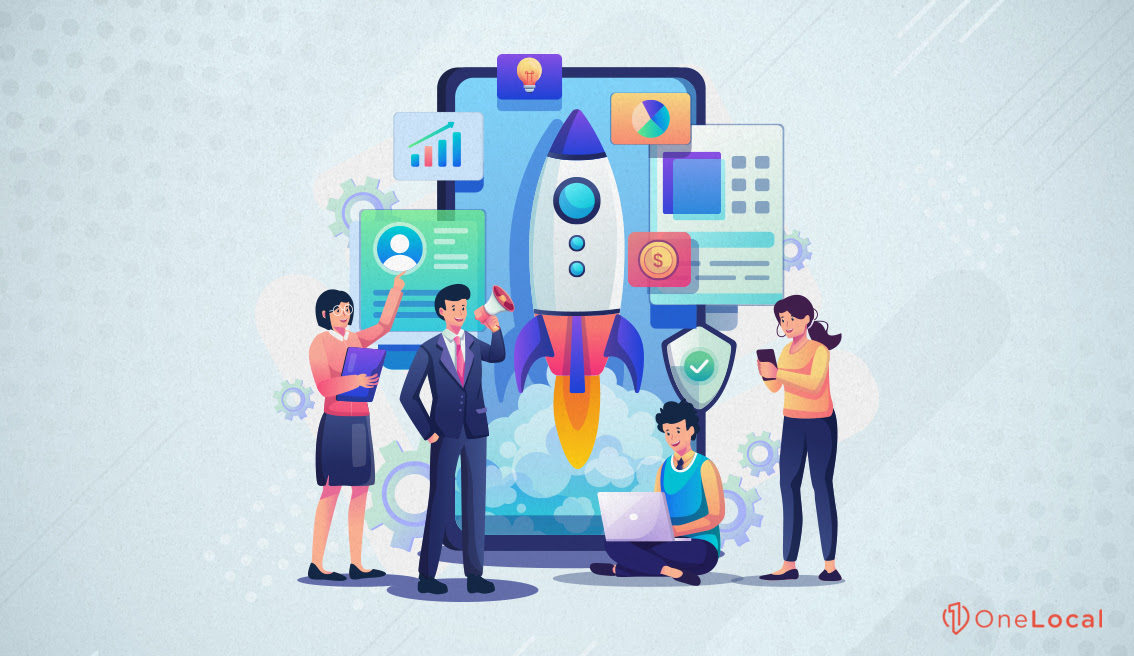
Now, let’s switch our focus. Picture that you’re improving your marketing work with OneLocal. We focus on making solutions that work well with small businesses, closing gaps, and finding chances that you might not even be aware of.
Why wait to use the full power of your marketing work? I recommend setting up a free demo with us today – it’s a great chance to see for yourself how OneLocal can help with your business, make your customer relationships stronger, and really show the growth you’re looking for!

Rachel Solway is a seasoned marketing professional dedicated to empowering small businesses through innovative marketing strategies. With extensive experience at OneLocal, a leading marketing solutions provider, Rachel’s insights are helping thousands of local businesses navigate the digital landscape.

